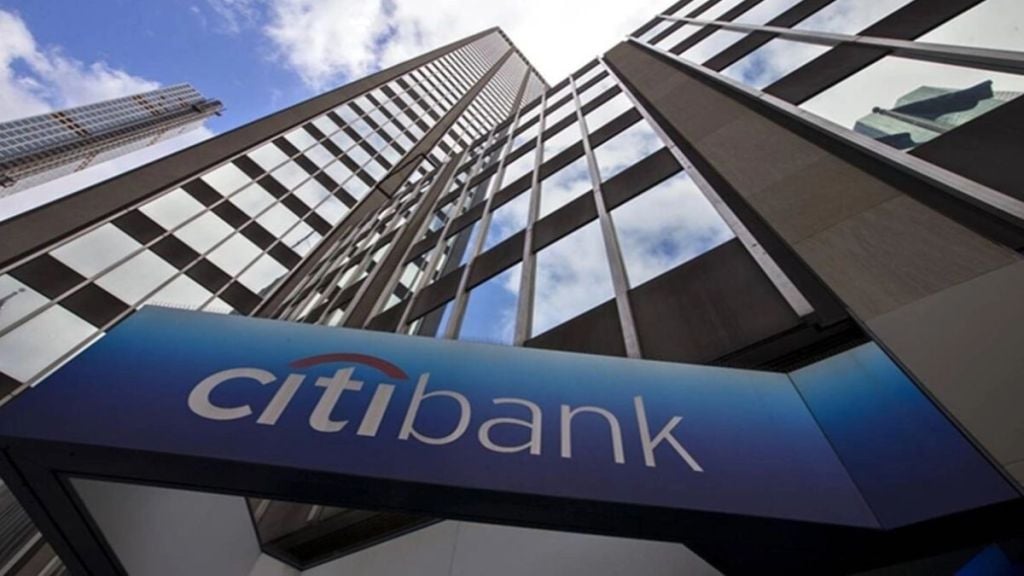Even after the sale of its consumer banking business to Axis Bank, Citi is still the largest foreign bank by revenue in India. In an interview, Citi CEO Ashu Khullar tells Sachin Kumar that the bank is committed to leveraging its global presence to support India’s economic growth. With over 32,000 employees, India is its second-largest workforce after the US, and a key talent provider for Citi’s global growth strategy.
Where does Citi stand after selling consumer business to Axis Bank?
The sale of our consumer business has been handled very smoothly, considering we had over three million customers. We closed the transaction in March 2023 and transferred all data and systems to them in the middle of this month. Even after selling our consumer business to Axis Bank, we remain the largest foreign bank in India by revenue. We continue to lead in several key areas, including the multinational corporation sector, custody business, corporate forex and investment banking.
What is the current employee strength of Citi India?
Combining our institutional, corporate and global capability centres, we have more than 32,000 employees in India. This is the second-largest employee force after our US home market. We continue to see India as being a key talent provider for the growth strategy for Citi globally.
With Axis deal behind you, what will be your focus now?
With our presence in over 95 countries, we bring globality to our customers whether they are multinational corporations, large corporates or mid-sized MSMEs. The Indian economy, growing at 7-8%, needs foreign capital to sustain this growth rate. That foreign capital can either come in through foreign direct investment or foreign portfolio investment, and that is where I think the globality of our platform plays a crucial role in bringing foreign companies and institutions looking to invest in India.
Which verticals will grow faster going forward?
While the broad categories of our business will remain the same, certain verticals will see significant growth. In our markets vertical, we will build securitisation and financing business. We are trying to get higher market share in the domestic asset management space. In transaction services, we are doing a lot more structured trade finance for our customers and are also trying to bring global development financial institutions into the country.
What kind of fund inflows you expect in India after inclusion of government securities in JPMorgan index?
Since the announcement of inclusion of government securities in JPMorgan emerging market index, already some $11-12 billion has come in because people were building portfolios in anticipation. We should expect around $2 billion a month on an average. With gradual increase of Indian securities in the index, there could potentially be more upside to that number. Citi will play a key role in facilitating overseas inflows, given our ability to help transact in government securities, our large markets platform and custody business.
What is the feedback of overseas investors after bond inclusion?
At a broad level, investors are very bullish on India due to political stability, size of working population, stable macroeconomic situation, relatively stable currency, strong forex reserves and other positive factors. They also see the geopolitical-relative attractiveness of India in the context of de-risking from China and other countries.
What role Citi will play in India’s growth story?
India will need foreign capital for meeting its growth objectives. As the largest global bank, we are ideally positioned to intermediate the flows of foreign global companies which want to set up manufacturing or market in India, and foreign institutional investors keen on investing in India through either equities or debt. Similarly, we want to take Indian companies abroad which are eager to invest in the Middle East, Africa and Europe.
Do you see India benefiting from China Plus One strategy?
Every global company has a board-level attention on India. Nobody is going to just leave China because it is far too important for a lot of companies, but everybody is thinking of de-risking from China. With de-risking on several companies’ strategy, India is clearly one of the beneficiaries. But, India is competing with Vietnam and Mexico.
How many rate cuts do you expect this year and how will it impact India?
There could be three rate cuts this year by the US Federal Reserve. More may follow next year. So, it seems that the rate-cutting cycle may finally start soon. Generally, if the dollar rate comes down, that is a positive for emerging markets because the differential again would go up and I think India would be a beneficiary.


